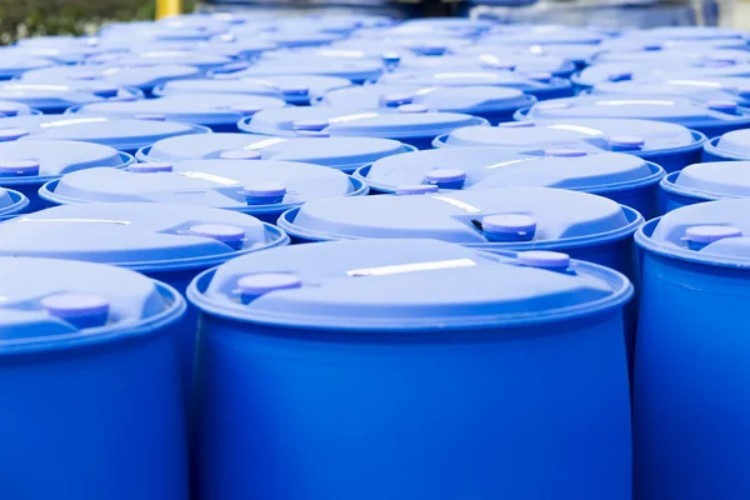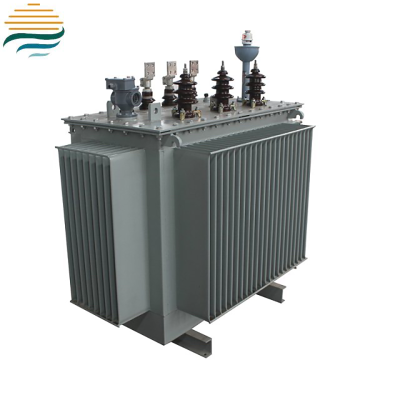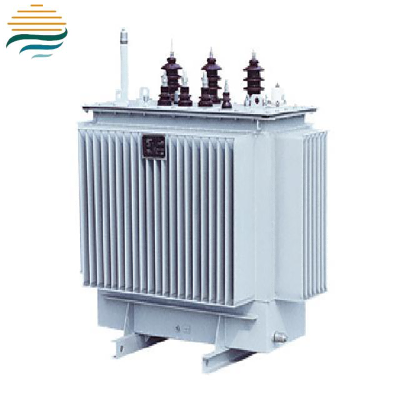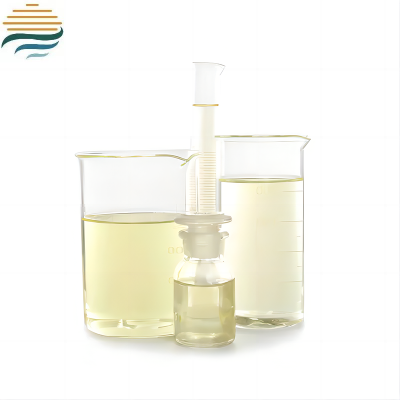What is Type 1&Type 2 Transformer Oil?
In the realm of electrical power systems,transformer oil is a critical component that ensures the efficient and safe operation of transformers.Among the various types of transformer oils available,Type 1 and Type 2 oils are commonly used,each with its own distinct characteristics,composition,and applications.Understanding the differences between these two types of oils is essential for engineers,operators,and anyone involved in the maintenance and management of electrical transformers.
Composition and Base Stock
The fundamental difference between Type 1 and Type 2 transformer oils lies in their base stock and composition.Type 1 transformer oil,often referred to as mineral-based transformer oil,is derived from crude oil.It undergoes an extensive refining process that includes distillation,solvent extraction,and hydro-treating to remove impurities such as sulfur,aromatics,and other unwanted hydrocarbons.The resulting oil mainly consists of paraffinic or naphthenic hydrocarbons,or a blend of both.Paraffinic-based Type 1 oils offer good chemical stability and low pour points,which means they remain in a liquid state even at relatively low temperatures.Naphthenic-based Type 1 oils,on the other hand,have excellent electrical and thermal properties,providing high dielectric strength and efficient heat transfer capabilities.
Type 2 transformer oil,also known as synthetic transformer oil,is manufactured through chemical synthesis rather than being derived from natural crude oil.Synthetic oils are engineered with specific molecular structures to achieve enhanced performance in various aspects.For example,some synthetic oils are designed to have superior oxidation resistance,longer service life,and better environmental compatibility compared to mineral-based oils.Common types of synthetic transformer oils include silicone-based oils,esters,and polyalphaolefins(PAOs).These synthetic compounds can be tailored to meet specific requirements,offering a high degree of flexibility in different operating conditions.
Electrical and Thermal Properties
Both Type 1 and Type 2 transformer oils are required to have excellent electrical insulation properties,but there are subtle differences in their performance.Type 1 mineral-based oils generally have a good dielectric strength,which allows them to insulate electrical components within the transformer effectively.However,over time and under certain operating conditions,such as exposure to high temperatures or prolonged electrical stress,the dielectric strength of Type 1 oils may degrade due to oxidation and the formation of contaminants.
Type 2 synthetic transformer oils often exhibit superior electrical properties.They can maintain a high dielectric strength even under extreme operating conditions,such as high temperatures and high humidity.This makes them suitable for use in transformers operating in harsh environments or in applications where reliable electrical insulation is of utmost importance.In terms of thermal properties,Type 1 oils have a relatively good heat-dissipation capacity,especially naphthenic-based variants.However,Type 2 synthetic oils can offer more consistent thermal performance.For instance,some synthetic esters have a higher specific heat capacity than mineral oils,enabling them to absorb and transfer more heat,which helps in better temperature control within the transformer.
Chemical Stability and Environmental Impact
Chemical stability is a crucial factor when considering the lifespan and reliability of transformer oil.Type 1 mineral-based oils are prone to oxidation over time,especially when exposed to oxygen,high temperatures,and the presence of catalysts such as copper from the transformer windings.Oxidation can lead to the formation of sludge,acids,and other degradation products that can compromise the oil's insulating and cooling properties.To mitigate this,Type 1 oils often contain additives,such as oxidation inhibitors,but these additives have a limited lifespan and need to be replenished during maintenance.
Type 2 synthetic transformer oils generally have much better chemical stability.They are designed to resist oxidation and degradation,which means they can maintain their performance for a longer period without significant degradation.This not only reduces the frequency of oil changes and maintenance requirements but also extends the overall lifespan of the transformer.From an environmental perspective,Type 1 mineral-based oils are less biodegradable.If they leak or are improperly disposed of,they can cause soil and water pollution.In contrast,many Type 2 synthetic oils,especially esters,are more environmentally friendly as they are biodegradable and have a lower impact on the ecosystem in case of spills or leaks.
Applications and Suitability
The choice between Type 1 and Type 2 transformer oils depends on various factors,including the operating environment,the specific requirements of the transformer,and economic considerations.Type 1 mineral-based oils are widely used in standard power distribution transformers in normal operating conditions.They are cost-effective and perform well in most common applications where the environmental conditions are not overly harsh.
Type 2 synthetic transformer oils,on the other hand,are preferred in applications where high reliability,long service life,and resistance to extreme conditions are required.For example,they are commonly used in transformers located in coastal areas with high humidity and salt-laden air,in underground substations where ventilation is limited,and in transformers used in renewable energy systems such as wind farms and solar power plants.These environments can pose challenges to the performance and lifespan of the transformer oil,and Type 2 oils are better equipped to handle such demanding conditions.
In conclusion,Type 1 and Type 2 transformer oils each have their own unique characteristics that make them suitable for different applications.Type 1 mineral-based oils offer a cost-effective solution for standard applications,while Type 2 synthetic oils provide enhanced performance,longer service life,and better environmental compatibility in more challenging operating environments.Understanding these differences is key to ensuring the optimal performance,reliability,and longevity of electrical transformers in various power system setups.





